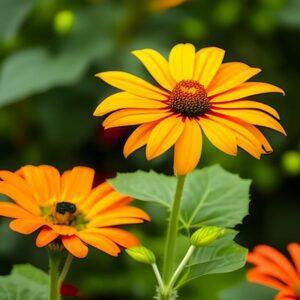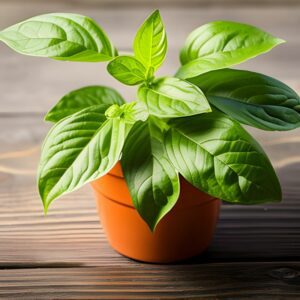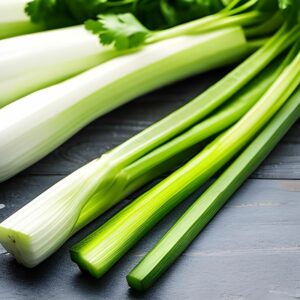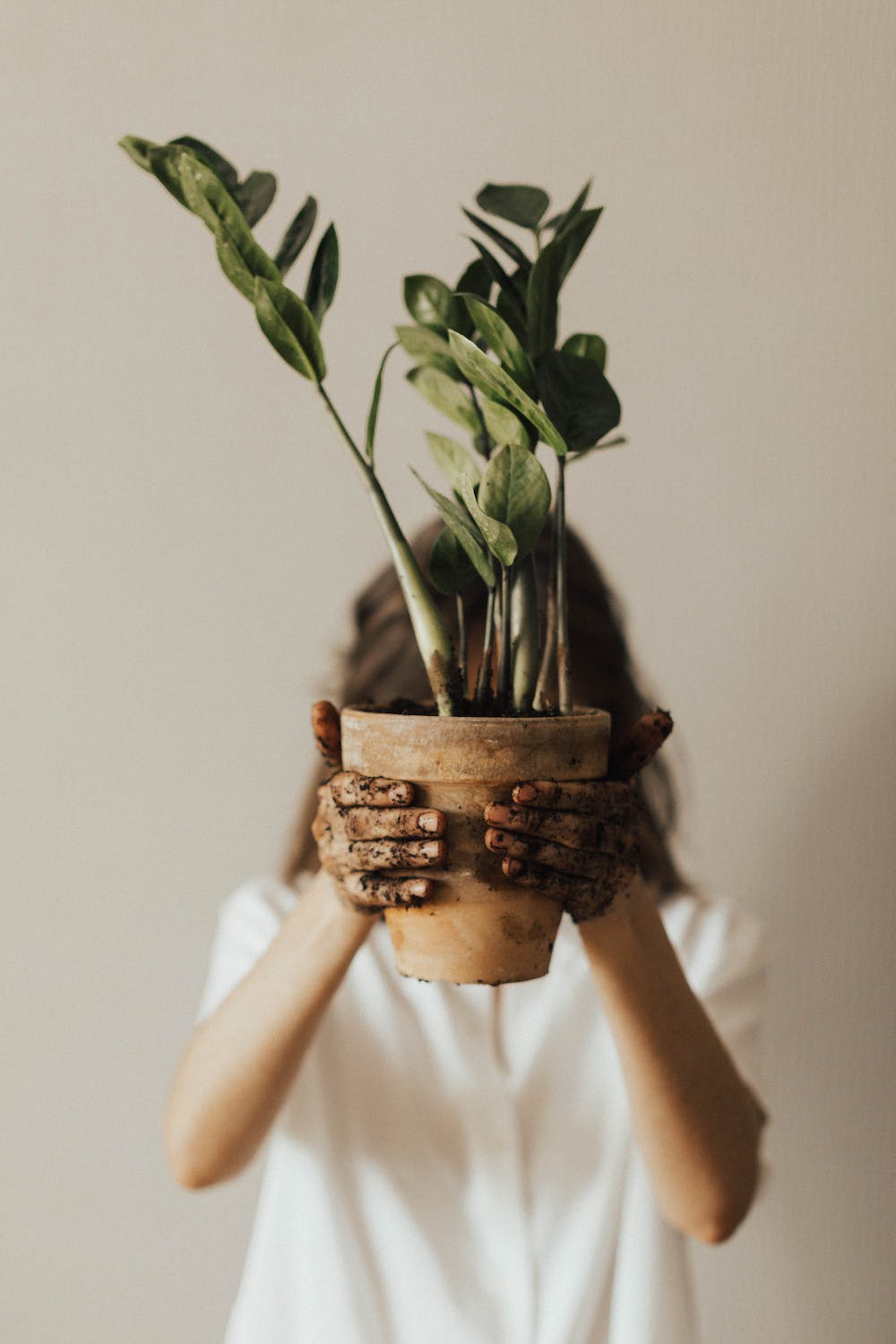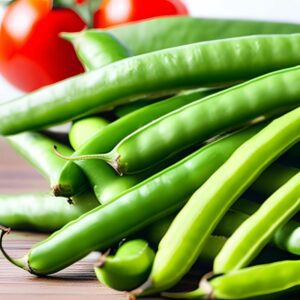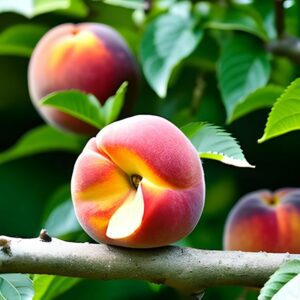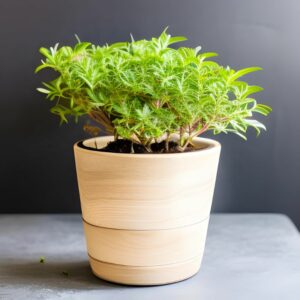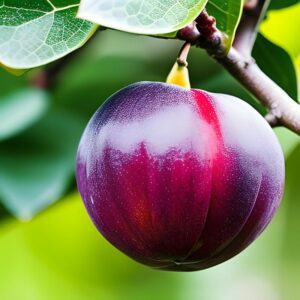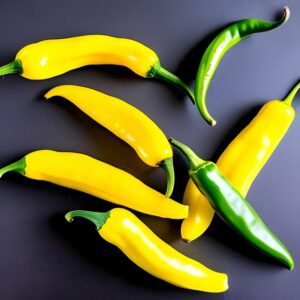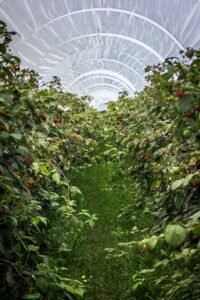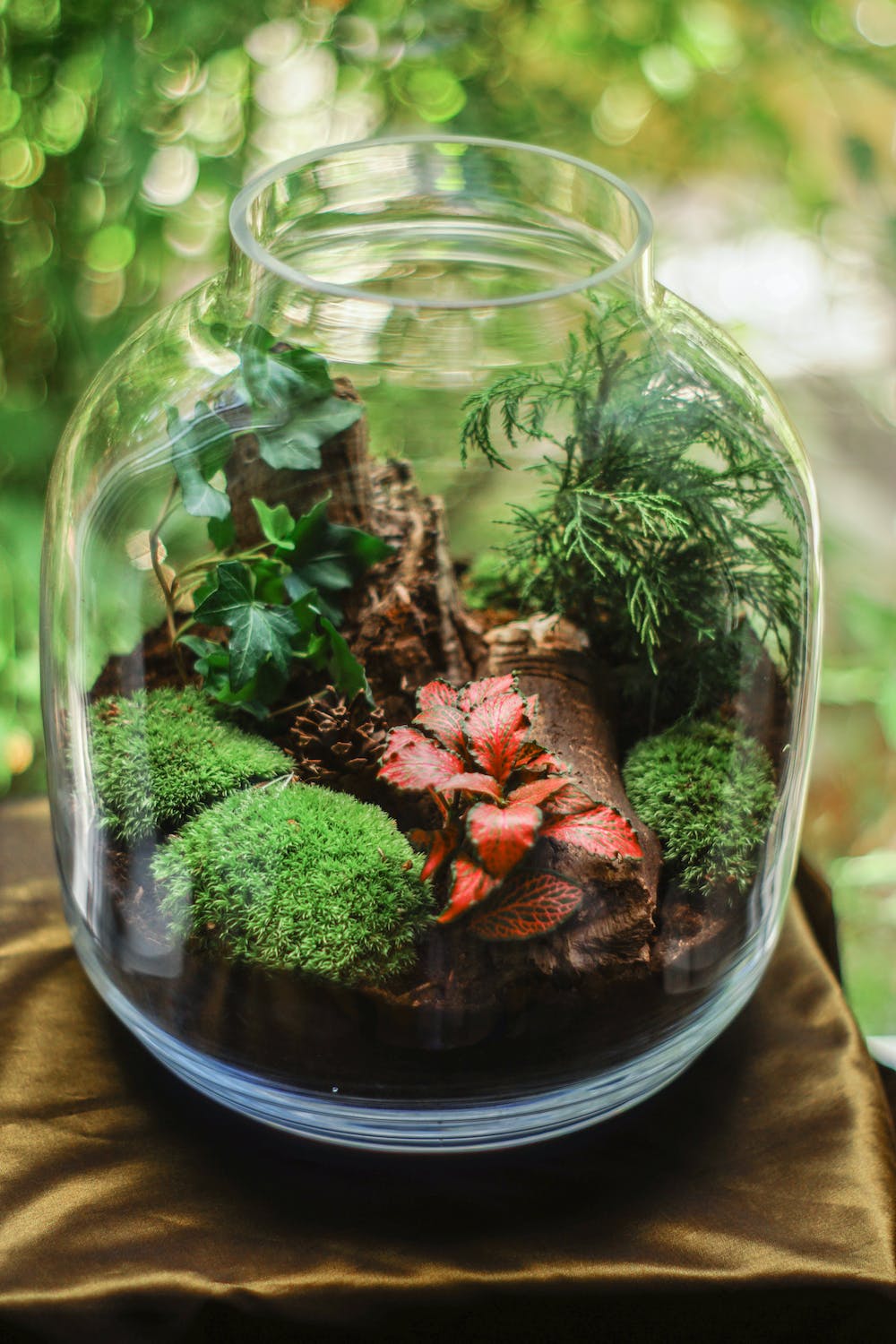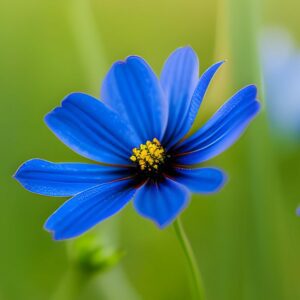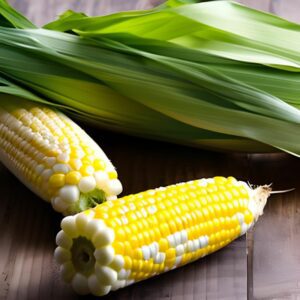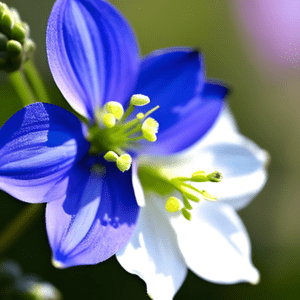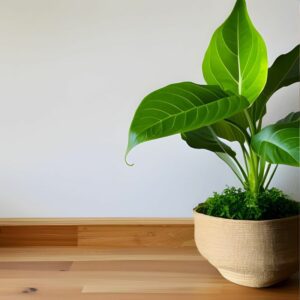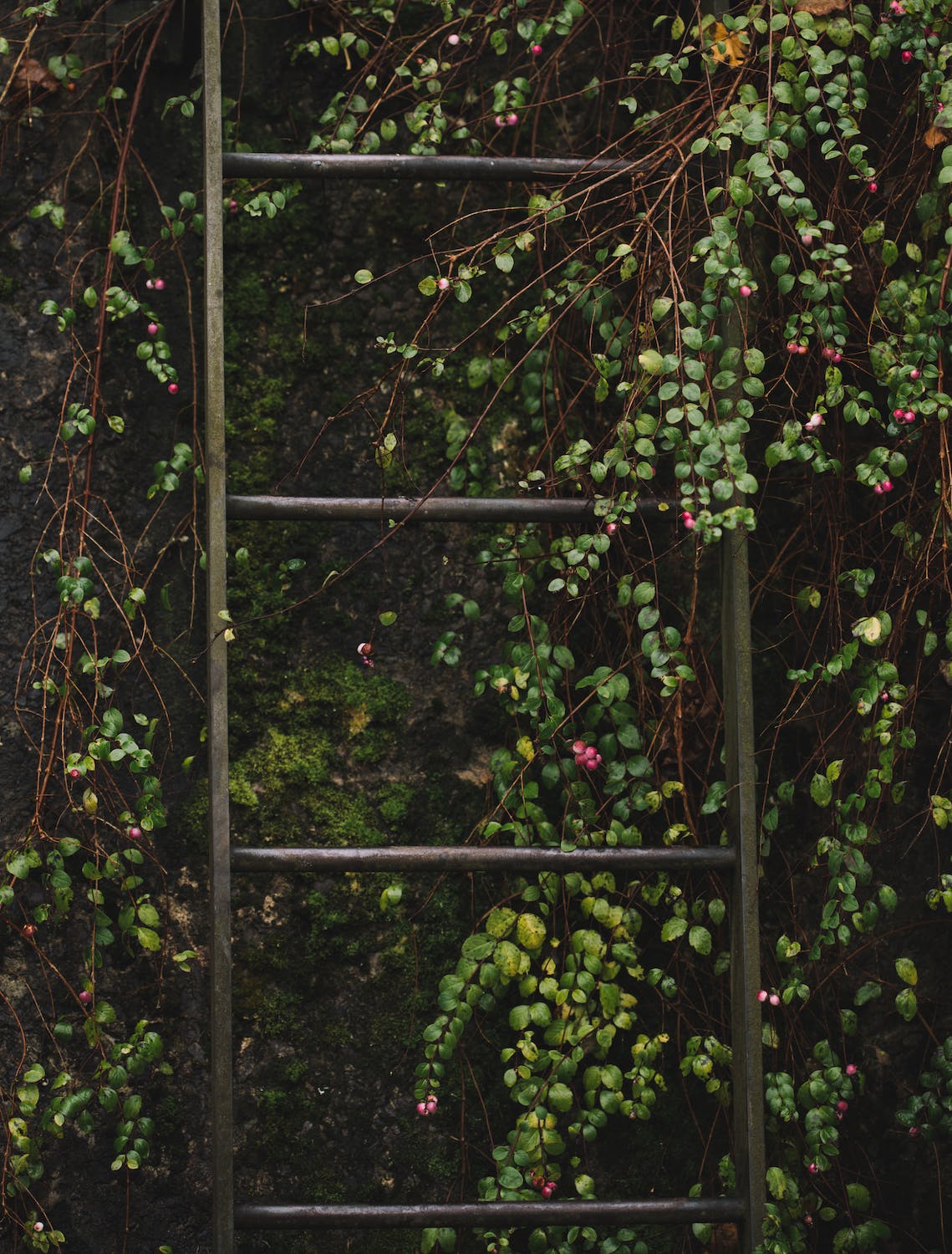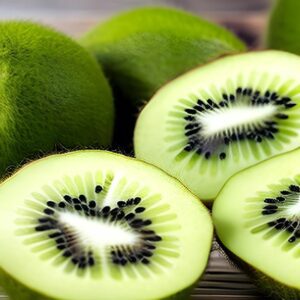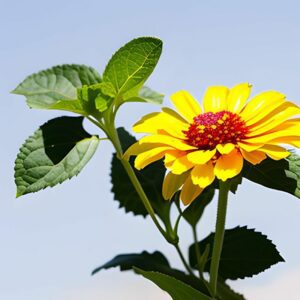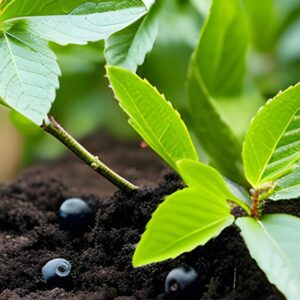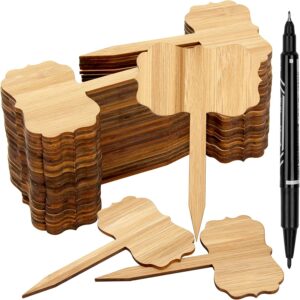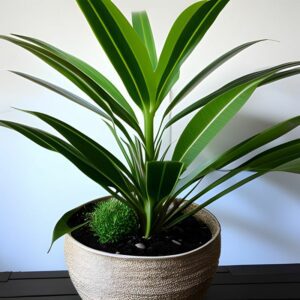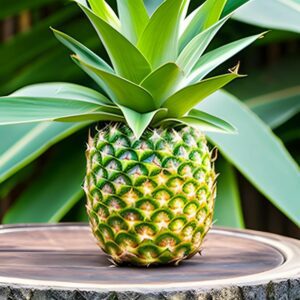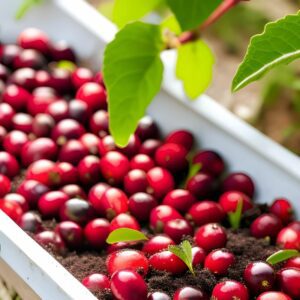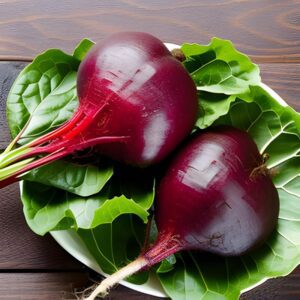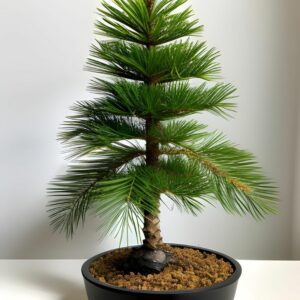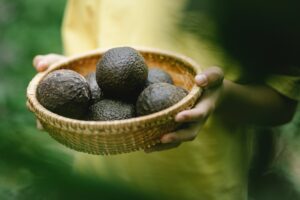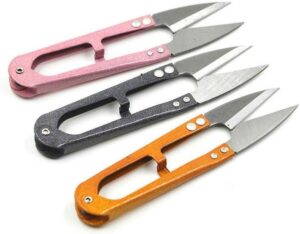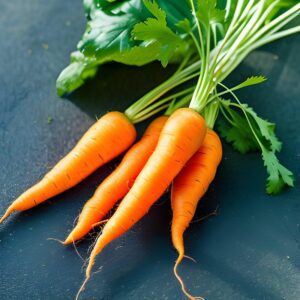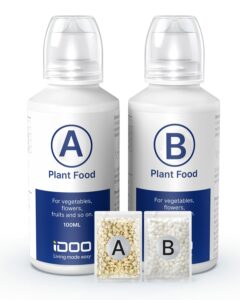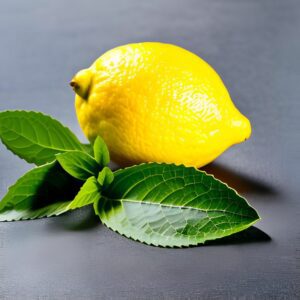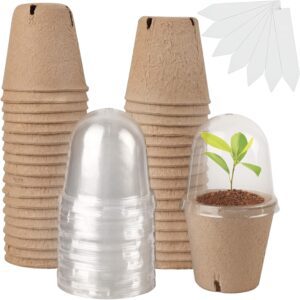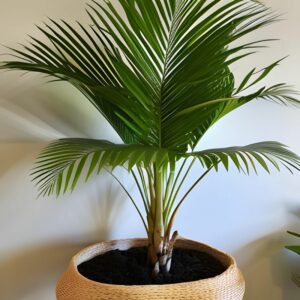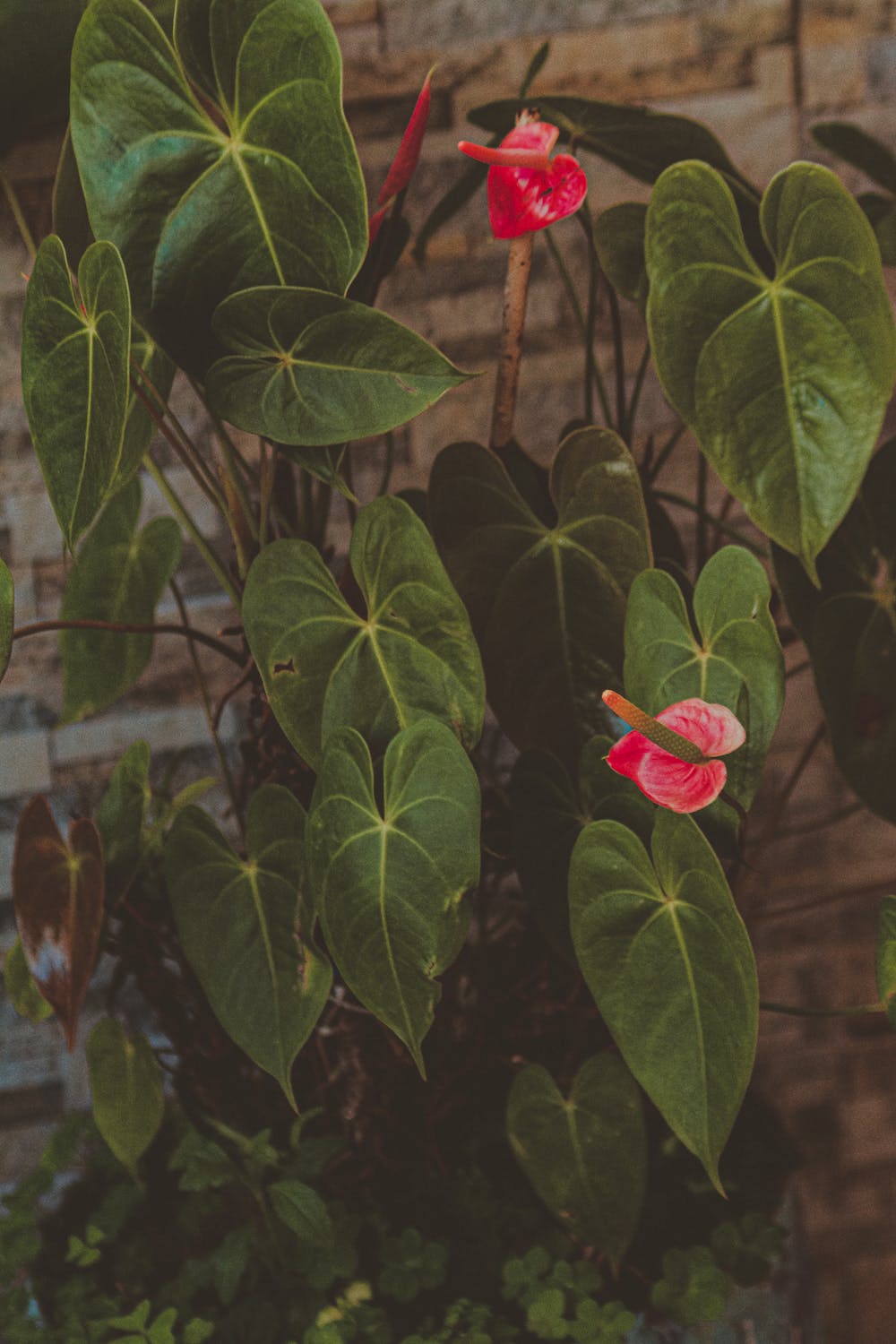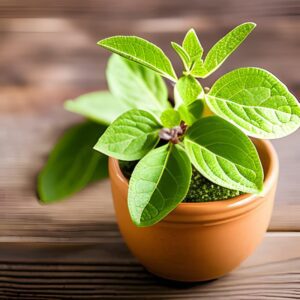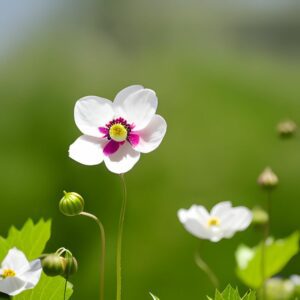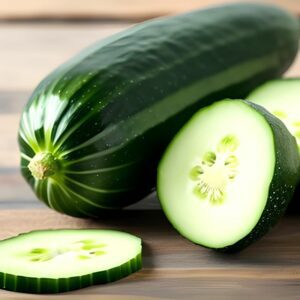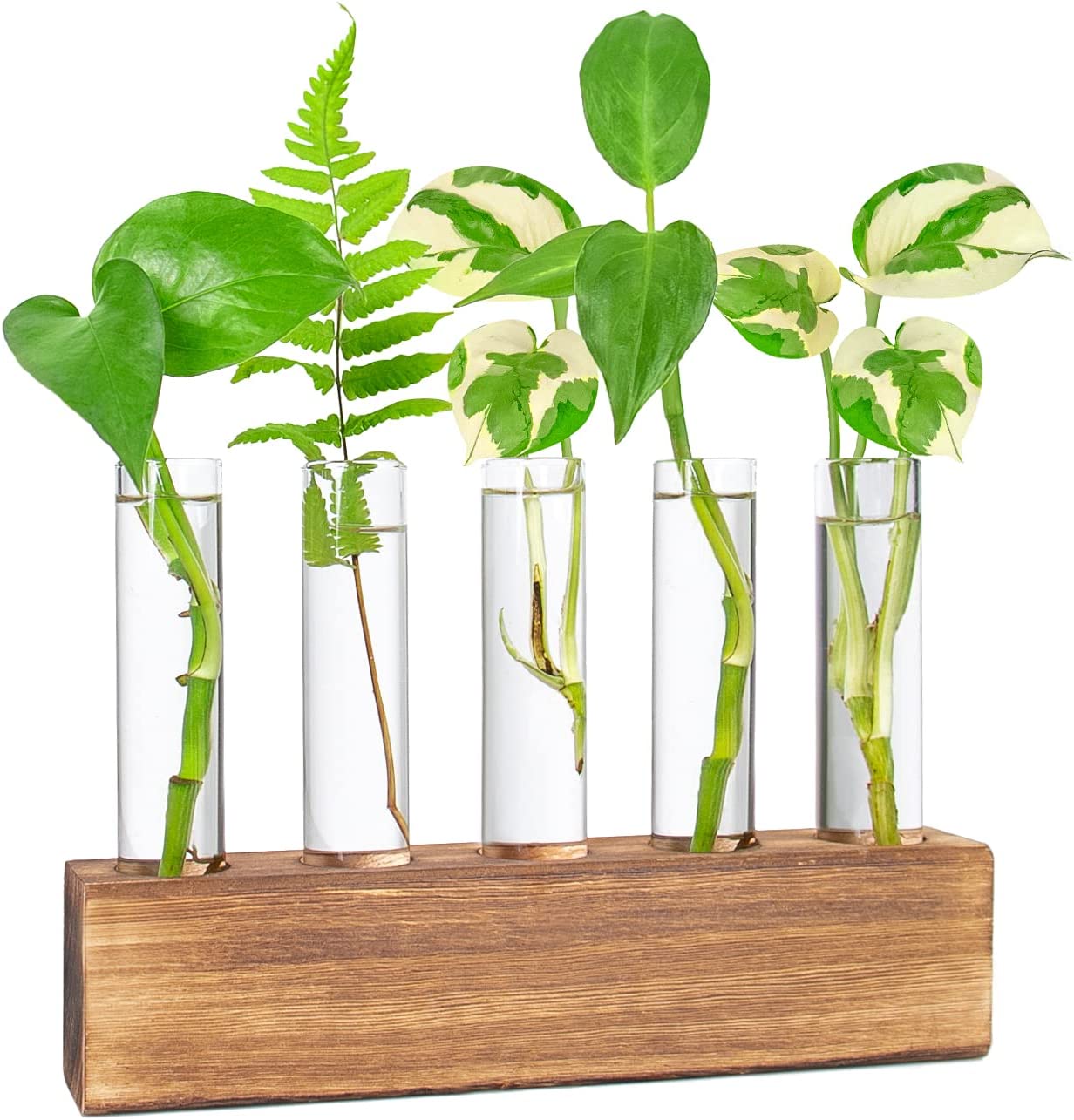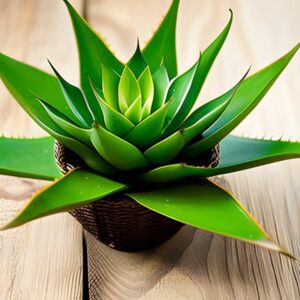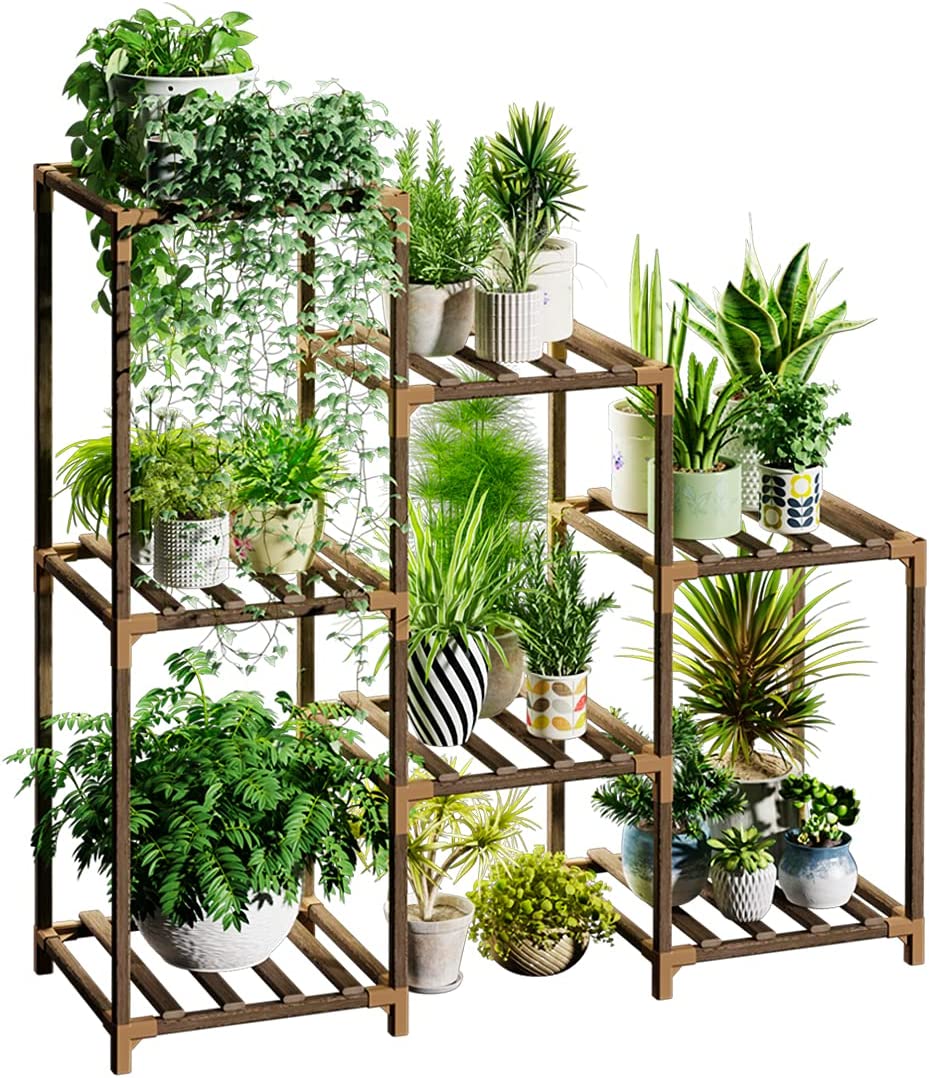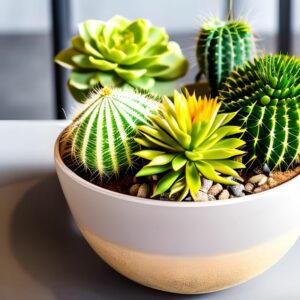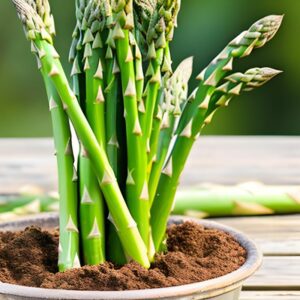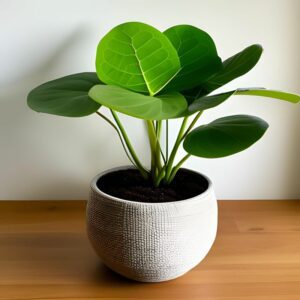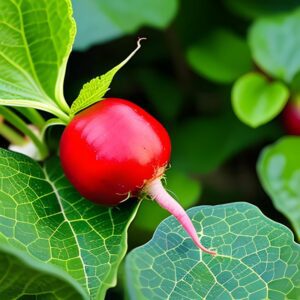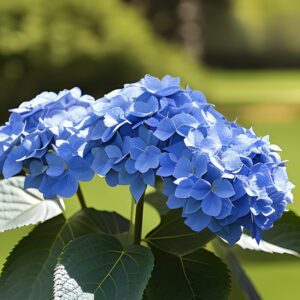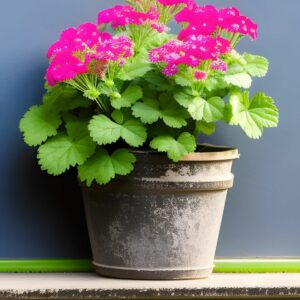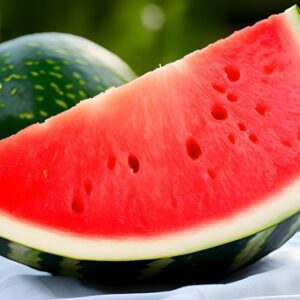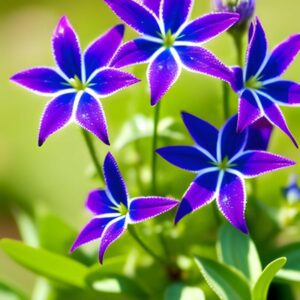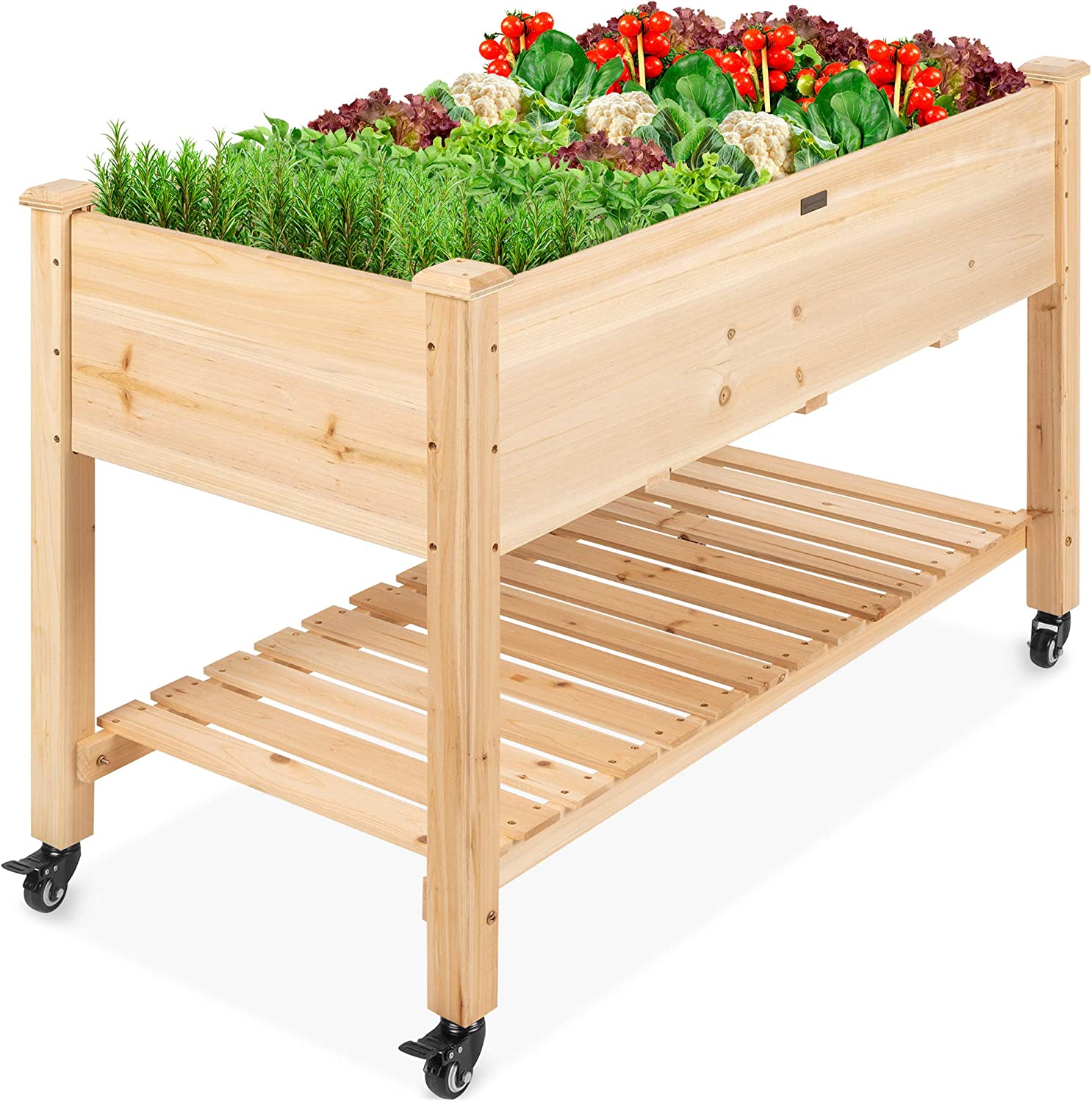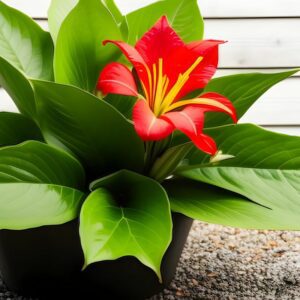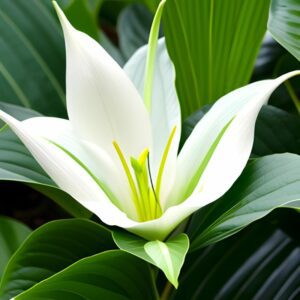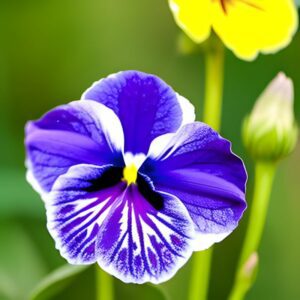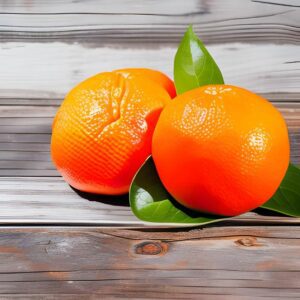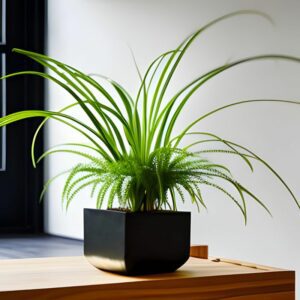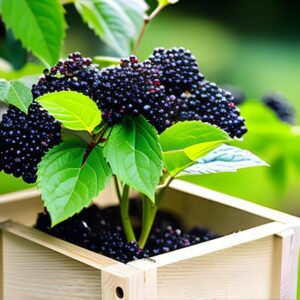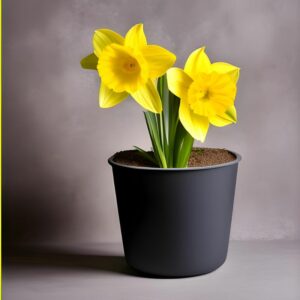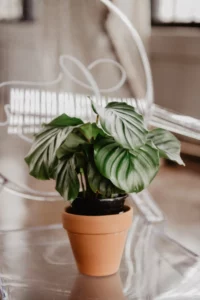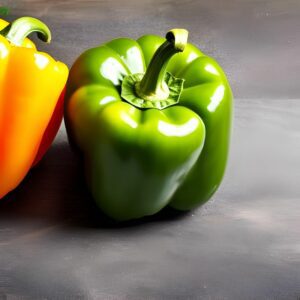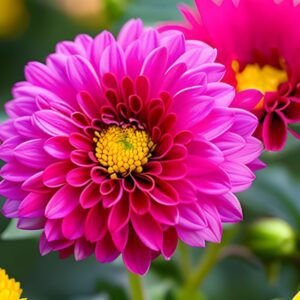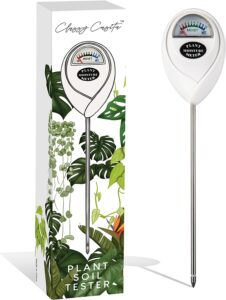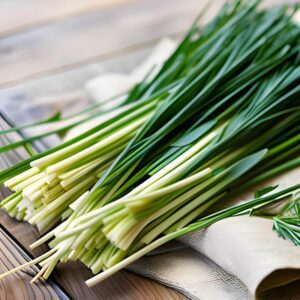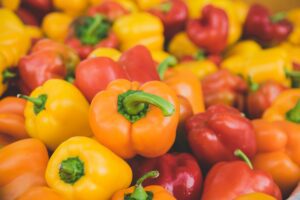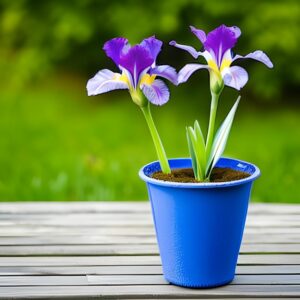Broccoli
Vegetables
- Italy
- Easy
- 60-100 Days
Introduction
Broccoli is a nutritious and versatile vegetable known for its dense green florets and crunchy stalks. It belongs to the cabbage family and is packed with vitamins, minerals, and antioxidants. Broccoli is commonly consumed cooked or raw and can be used in a variety of dishes, making it a popular choice in home gardens.
Plant Characteristics
Broccoli plants have a central stalk with large, dark green leaves. The edible part of the plant is the clustered flower buds, known as florets, which are typically green in color. Some varieties may have purple or white florets. The plant can reach a height of around 2 to 3 feet (60 to 90 cm) and has a compact and bushy growth habit.
Ideal Growing Conditions
Broccoli thrives in cool weather and prefers full sun exposure. It requires temperatures between 60°F (15°C) and 75°F (24°C) for optimal growth. Adequate soil moisture and good drainage are essential. Broccoli can be grown in various soil types, but fertile, loamy soil rich in organic matter is ideal.
Planting Guide
Start broccoli seeds indoors 6 to 8 weeks before the last frost date in your area. Transplant seedlings to the garden when they have 4 to 6 true leaves and are about 4 to 6 inches (10 to 15 cm) tall. Space the plants 18 to 24 inches (45 to 60 cm) apart in rows that are 2 to 3 feet (60 to 90 cm) apart. Plant the seedlings at the same depth they were growing in the containers. Mulch around the plants to conserve moisture and suppress weeds.
Watering and Fertilizing
Keep the soil consistently moist but not waterlogged. Broccoli requires about 1 to 1.5 inches (2.5 to 3.8 cm) of water per week, either from rainfall or supplemental irrigation. Apply a balanced fertilizer before planting and side-dress with nitrogen-rich fertilizer during the growing season.
Pruning and Maintenance
Broccoli plants generally do not require extensive pruning. However, removing any yellowing or damaged leaves can help maintain plant health. Regularly inspect the plants for signs of pests or diseases and take appropriate measures to address any issues.
Harvesting or Flowering
Harvest broccoli when the main head is firm and tightly closed, but before it starts to loosen or flower. Cut the central head with a sharp knife, leaving several inches of stem attached. Secondary smaller side shoots will often develop and can be harvested as well.
Post-Harvest Care
After harvesting, immediately refrigerate the harvested broccoli heads to maintain their freshness and crispness. They can be stored in a perforated plastic bag in the refrigerator for up to a week.
Troubleshooting
Broccoli can be susceptible to pests such as aphids, cabbage worms, and slugs. Monitor the plants regularly and use appropriate organic pest control methods if necessary. Common diseases include clubroot, blackleg, and downy mildew. Rotate crops, practice good sanitation, and choose disease-resistant varieties to minimize the risk.
Fun Facts
The word “broccoli” comes from the Italian word “broccolo,” which means “cabbage sprout” or “shoot.”





